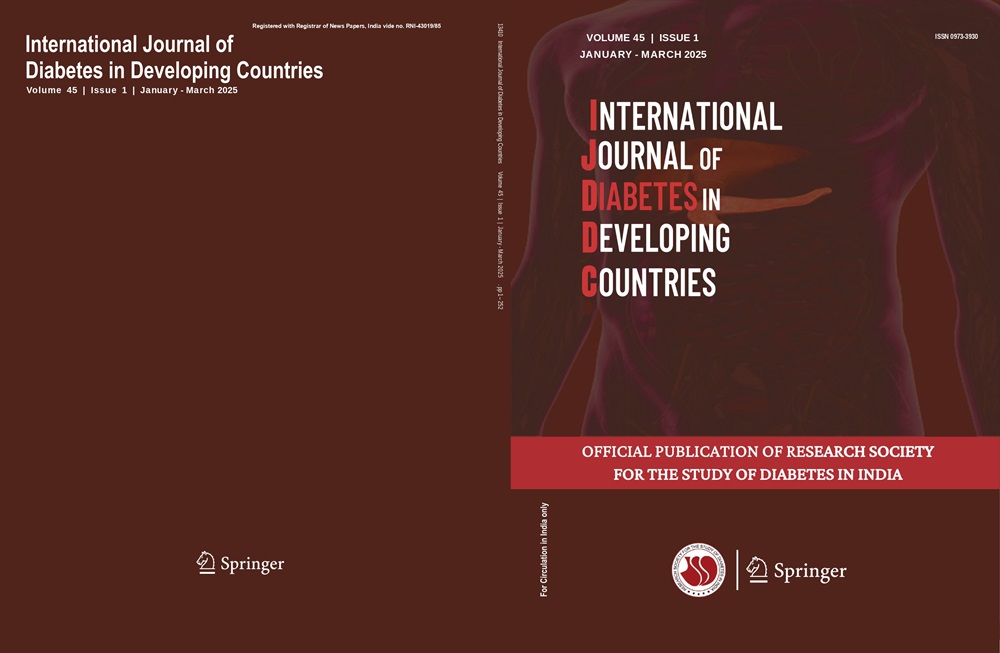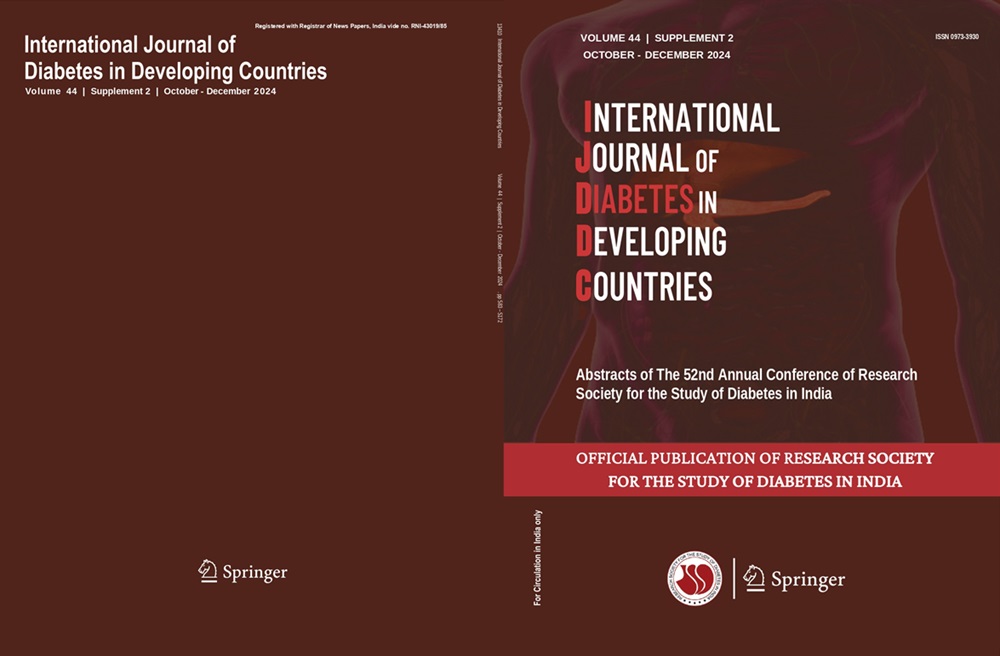Jiaxuan Yang, Lei Kong, Wendi Zhang, Xiaojun Song, Junming Han, Weixia Sun, Xinli Zhou
Keywords
Bioelectrical impedance analysis • Diabetic peripheral neuropathy • Type 1 diabetes mellitus • Body fluid compartment
Abstract
Purpose To investigate the result of body impedance analysis (BIA) in type 1 diabetes mellitus patients with diabetic peripheral neuropathy (DPN).
Methods A total of 125 T1DM patients were selected and enrolled into the DPN group (N=30) or the control group (N=95). BIA parameters and clinical characteristics were compared to find possible risk factors. After that, they were screened by binary logistic regression. The receiver operating characteristic (ROC) curve of meaningful index was portrayed, and then, the best cutoff was founded.
Results The DNP group has elder age, longer diabetes duration, higher blood urea nitrogen (BUN) concentration, and lower estimated glomerular filtration rate (eGFR) level. The DNP group has larger odds of other diabetic complications including diabetic peripheral vascular disease (DPVD) and diabetic nephropathy (DN). In BIA parameters, the DPN group had higher ratio of extracellular water (ECW) and total body water (TBW) than the control group (0.3969±0.0097 vs 0.3886±0.0086, p<0.001). Binary logistic regression indicated that increase of ECW/TBW (ECW/TBW≥0.395 vs ECW/TBW<0.395, OR=4.589, 95%CI 1.609~13.091, p=0.004) may be one of risk factors of DPN. In the ROC curve, area under curve (AUC) was 0.752 (95%CI 0.646~0.857) and the best cutoff of ECW/TBW to diagnose DPN was 0.3965.
Conclusion The increase of ECW/TBW may be a new risk factor of DPN and could help doctors predict the risk of DPN in T1DM patients.




